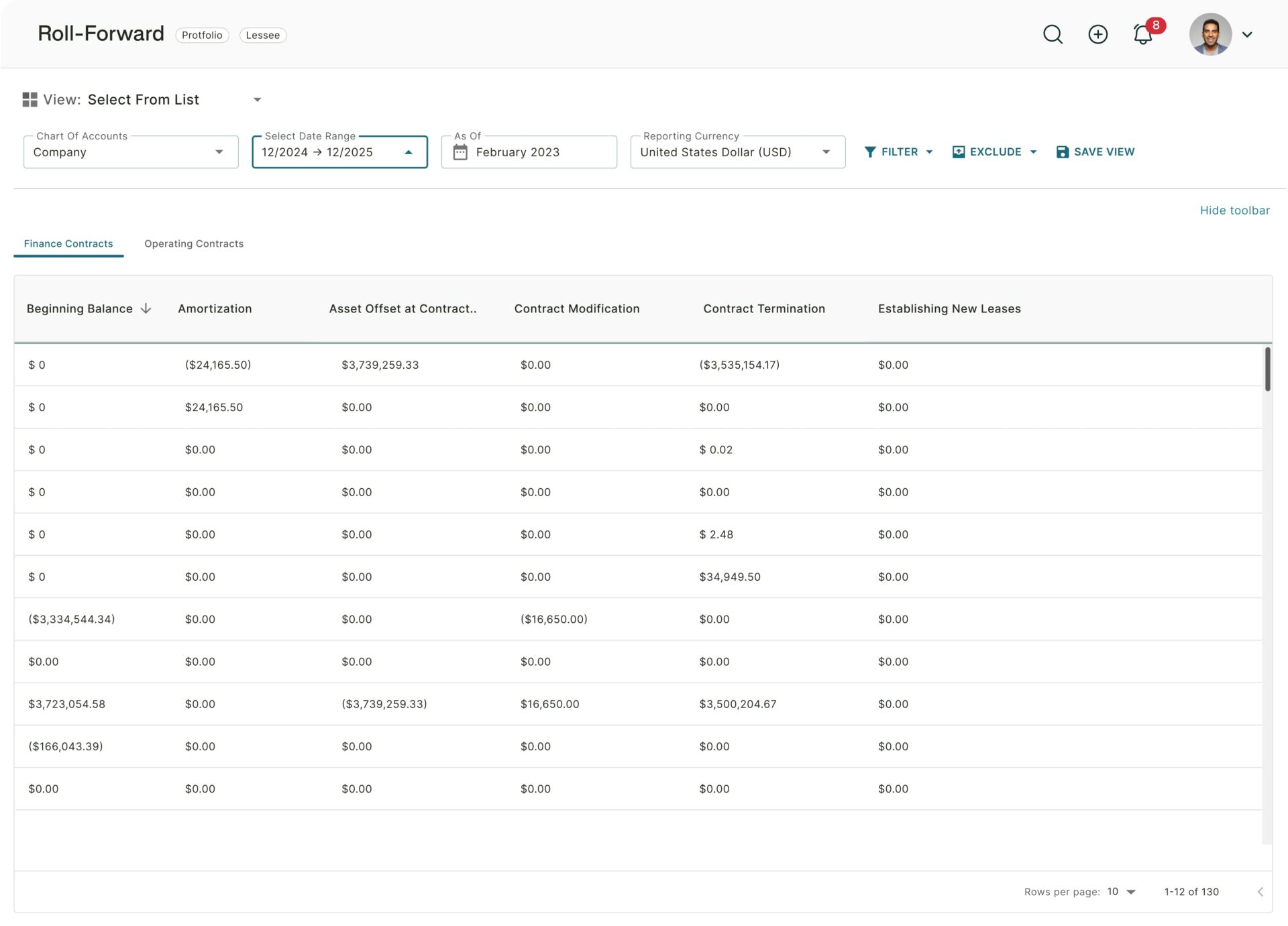Hurry. The effective date for adopting GASB 87 is December 15, 2019, while the deadline for complying with this standard is June 2022. GASB 87 is applicable to all U.S. state and local governments that follow Generally Accepted Accounting Principles (GAAP). If you’re one of these types of organizations, then this information will be super valuable to you.
In this article, we’ll look at what this standard and deadline mean for you, what the implications are, and how to speed up your GASB 87 software assessment and adoption project timeline.
Background: GASB 87
GASB 87 was released by the Governmental Accounting Standards Board (GASB) with a view to “better meet the information needs of financial statement users by improving accounting and financial reporting for leases by governments.”
This is consistent with the GASB’s mission, which is “to establish and improve financial accounting and reporting standards to provide useful information to investors and other users of financial reports and educate stakeholders on how to most effectively understand and implement those standards.”
With leases being identified as an area of accounting that needed improvement – chiefly due to leases’ role in high-profile accounting scandals involving off-balance sheet financing – this standard brings the GASB treatment of leases in line with those of other accounting bodies and standards, such as IFRS 16 and ASC 842.
GASB 87: important elements
The main elements of GASB 87 that differ from previous standards dealing with leases, at a high level, are as follows:
Lease definition
A lease is now defined as “a contract that conveys control of the right to use another entity’s nonfinancial asset – the underlying asset – as specified in the contract for a period of time in an exchange or exchange-like transaction.”
Lease term
The standard gives details into the new definition of a lease term, and the effects around options to extend the lease.
Short term leases
Leases under twelve months, and their general exclusion from the requirements of the standard.
Assets and liabilities
A lessee’s recognition of a lease liability and a lease asset, at the commencement of the lease term. The lease liability is calculated as the present value of payments over the lease term, while the lease asset is the initial measurement of the lease liability, with the addition of any payments made at or before the commencement of the lease term (and certain direct costs).
Lease Modifications
The standard goes into detail in terms of when a modification is a termination, a change to an existing lease, or a new lease, and the accounting treatment in each case.
The implications of adopting GASB 87
GASB 87 is clearly going to be a focus area when it comes to audits and other regulatory requirements, as is usually the case with new standards coming into effect.
This is even more critical due to the fact that the change from the previous treatment of leases is so dramatic – and that many if not all governmental organizations have a not insignificant number of leases.
Speed up your GASB 87 software assessment and adoption project timeline
As we’ve seen when it comes to adoption of new lease accounting standards such as IFRS 16 and ASC 842 for non-governmental organizations, there are some key focus areas for being set up and ready for compliance.
The first of these is an adoption timeline, and the second is the implementation of a software solution. It goes without saying that these two elements are intimately related.
The adoption timeline is getting tighter, but the good news is that the right software solution can ensure that if started now, this process can be ready for the June deadline.
With the changes required by GASB 87, manually dealing with leases, even using a program like Excel, is just untenable. To take just one aspect of the new standard, Lease Modifications and Terminations, one small change to the contract conditions can have massive implications for a number of figures, requiring additional journal entries to update assets and liabilities, and additional disclosures. Of course, Excel will always have its place when it comes to leases, but for an overall, non-complex and automated lease accounting solution that ensures you’re compliant with GASB 87, a modern, purpose-built automated lease accounting software solution is a must-have.
Software to accelerate adoption timelines
One of the reasons we’re so confident about this, is that we’ve seen how quickly companies using a lease accounting software solution can establish and maintain GASB 87 compliance, with very little effort.
Trullion’s GASB 87 automated lease accounting solution, for example, makes implementing GASB 87 seamless and hassle-free. It’s fast becoming the industry standard, and uses advanced AI to automate GASB 87 workflows.
The Trullion platform automatically extracts data from source documents such as Excel files and PDFs, simplifies journal entries, and creates a clear audit trail that’s accessible to both your internal team and external auditors.
The benefits are immense, enabling you to: seamlessly meet GASB 87 compliance requirements, accelerate your GASB 87 adoption timeline, produce accurate and consolidated reports in minutes, effortlessly trace your audit trail back to the source data, and access simple reports and clear financial schedules.
Interested in learning more? Get in touch with a Trullion representative today.





